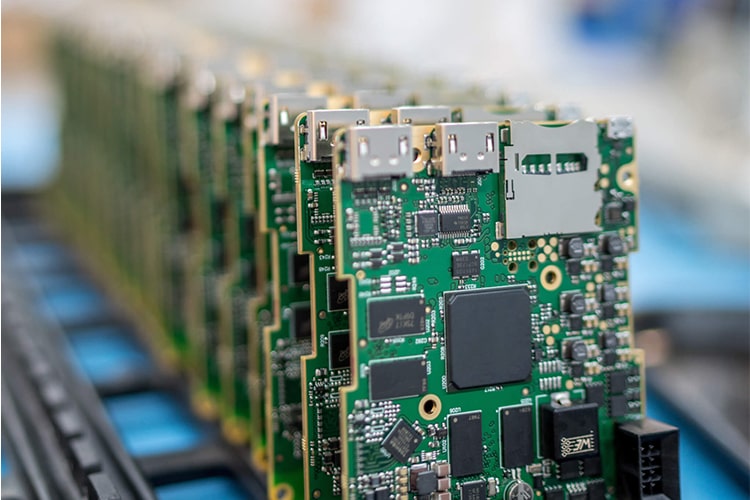Factors affecting the penetration of PCBA foundry materials
In the process of PCBA foundry processing, tin penetration is very important. If the tin penetration of the PCBA board is not done well, it will face the risk of false soldering, tin cracking or even dropout. Today, let's learn about the factors that affect the penetration of PCBA manufacturing foundry materials!
1. Material
High temperature molten tin has strong permeability, but not all soldering metals (PCB boards and components) can penetrate. For example, aluminum metal usually forms a dense protective layer on its surface, and the different internal molecular structure makes it difficult for other molecules to penetrate. Second, if there is an oxide layer on the surface of the weld metal, it will also prevent the penetration of molecules. We usually wipe with flux or gauze.
2. Flux
Flux is also an important factor affecting the poor tin permeability of PCBA foundry substitutes. The flux mainly plays a role in removing oxides on the surface of PCB and components and preventing re-oxidation during the soldering process. Improper selection, uneven coating and too little flux can cause poor tin penetration. A well-known brand of flux can be used, which has a high activation and penetration effect, and can effectively remove difficult-to-remove oxides; check the flux nozzle. The damaged nozzle should be replaced in time to ensure that the PCB surface is coated with an appropriate amount of flux to give full play to the soldering effect of the flux.
3. Wave soldering
The poor PCBA tin penetration is directly related to the wave soldering process. We re-optimized the welding parameters with poor penetration, such as wave height, temperature, welding time or moving speed. First, appropriately reduce the track angle, increase the height of the wave crest, and improve the contact between the tin liquid and the soldering end; then, increase the temperature of the wave soldering. Generally speaking, the higher the temperature, the stronger the permeability of TiN, but this should consider the temperature resistance of the components; finally, the speed of the conveyor belt can be reduced, and the preheating and soldering time can be increased, so that the flux can fully remove oxides. Wetting the solder end to increase the amount of tin consumed.
4. Manual welding
In the actual plug-in welding quality inspection, a considerable part of the weldment only has a taper on the surface of the solder, and there is no tin penetration in the via. The function test confirms that many of these parts are soldered. This situation is more common in manual plug-ins. During soldering, the reason is that the soldering iron temperature is not appropriate and the soldering time is too short. Poor tin penetration of PCBA foundry materials can easily lead to false soldering problems and increase the cost of repairs. If the requirements for pcba tin penetration are relatively high and the welding quality requirements are stricter, selective wave soldering can be used, pcb assembly prototype which can effectively reduce the problem of poor pcba tin penetration.







